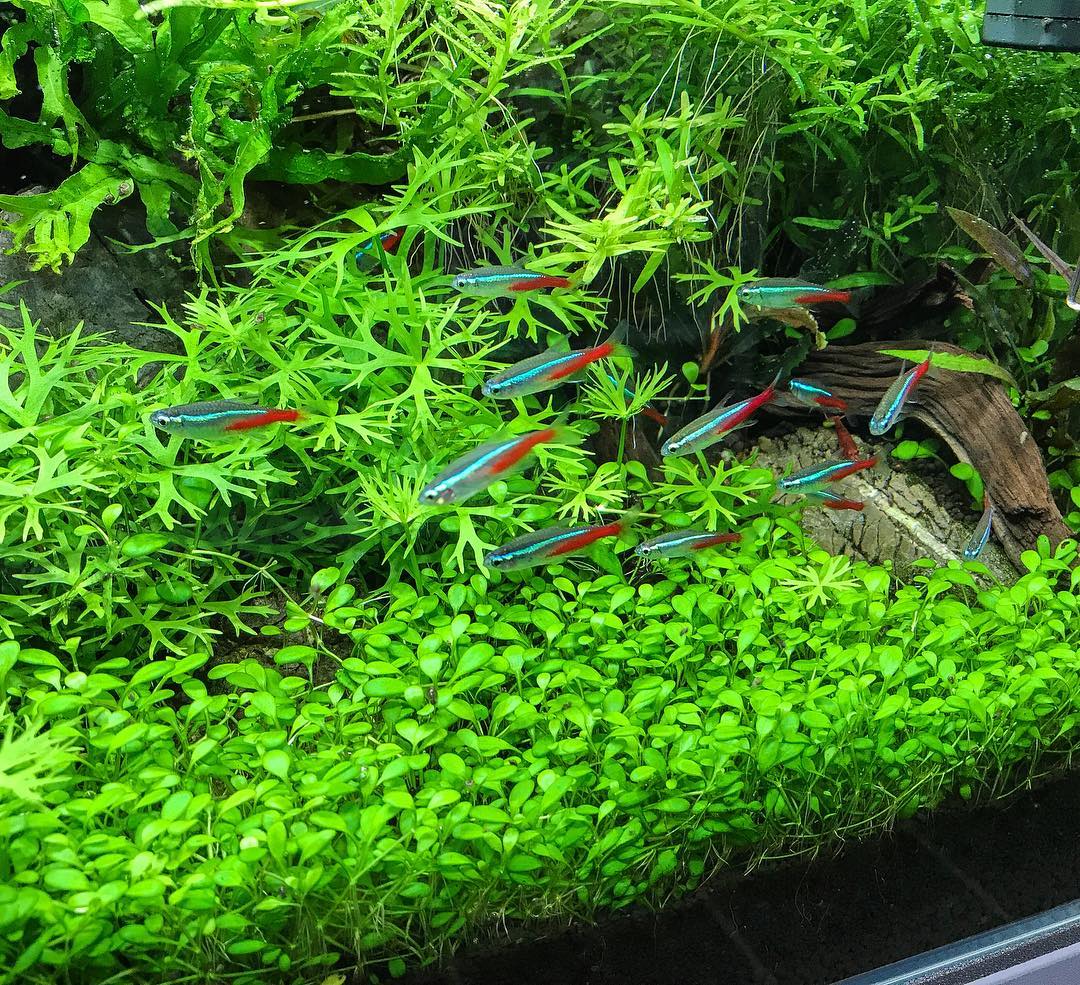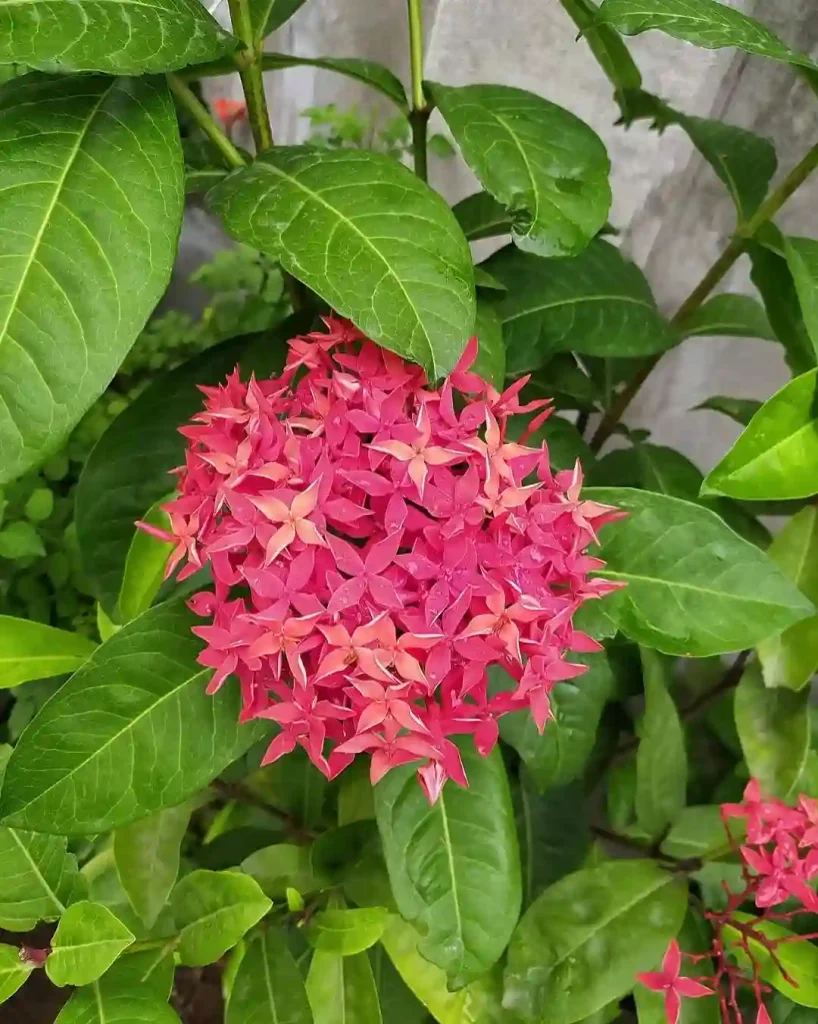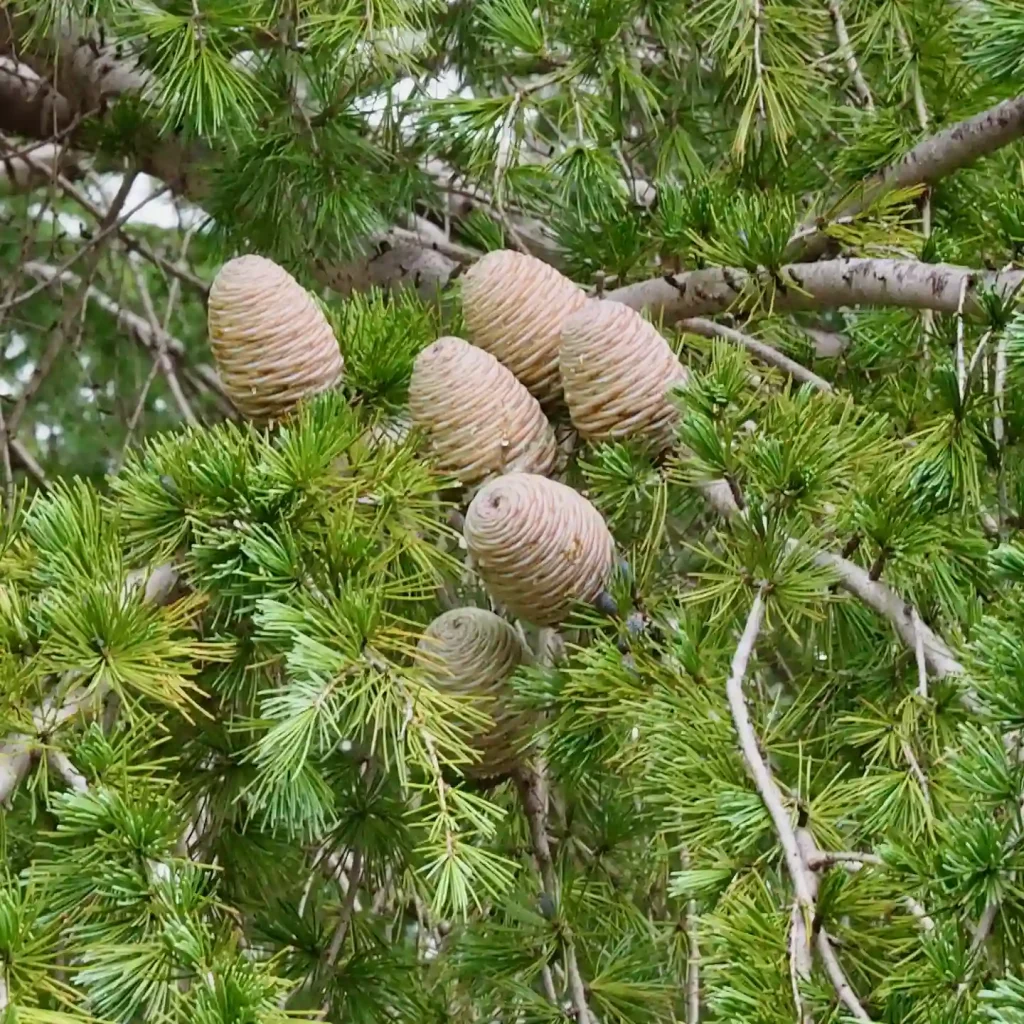Viburnum Brandywine vs Winterthur
I’ve grown Viburnum Brandywine and found its autumn color transformation to be absolutely stunning, with rich red and purple hues that create a dramatic fall display. Winterthur Viburnum, on the other hand, impressed me with its consistent evergreen foliage and the abundance of white flowers in spring, which added a lovely touch to my garden. While Brandywine’s fall show is hard to beat, I appreciate Winterthur for its year-round presence and more subtle charm.
206 Species in Genus Viburnum
Does Brandywine Viburnum need a pollinator?
I found out that Brandywine Viburnum does need a pollinator to produce those beautiful berries. It was a bit of a learning curve for me because I didn’t realize this at first. I had only one plant in my garden, and it wasn’t until I added a compatible pollinator, like another Viburnum, that I started seeing the vibrant berries. It was a rewarding experience to finally see the fruits after figuring out this key detail.
How fast does Brandywine Viburnum grow?
From what I’ve observed, Brandywine Viburnum grows at a moderate rate. In the first couple of years, I didn’t notice a significant change, but with consistent care and the right conditions, it started filling out more noticeably by the third year. It’s not the fastest-growing shrub in my garden, but it’s definitely worth the wait for its lush foliage and striking berries.
Are Brandywine Viburnum berries edible?
The berries of Brandywine Viburnum are not edible. I learned this while researching the plant before adding it to my garden. While they look appealing with their vibrant pink to blue color transition, they are meant to be admired rather than consumed. It’s a good idea to keep this in mind, especially if you have children or pets who might be tempted to try them.
How to prune Brandywine Viburnum?
Pruning Brandywine Viburnum has been a straightforward process for me. I usually start by removing any dead or damaged branches to keep the plant healthy. Then, I trim back any wayward or overly long branches to maintain its shape. I’ve found that using sharp, clean pruning shears helps make clean cuts and promotes better healing for the plant.
Is Brandywine Viburnum evergreen?
Brandywine Viburnum is not evergreen, which means it loses its leaves in the winter. During the fall, its leaves put on a stunning display of red and purple hues before they drop. I actually enjoy this seasonal change, as it adds a dynamic element to my garden’s appearance throughout the year.
When to prune Brandywine Viburnum?
I typically prune my Brandywine Viburnum right after it finishes flowering in late spring or early summer. This timing helps me avoid cutting off any of the flower buds for the next season. By pruning after flowering, I’ve managed to keep the plant healthy and encourage better growth and berry production for the following year.
Where to plant Brandywine Viburnum?
When choosing a spot to plant my Brandywine Viburnum, I looked for a location with well-drained soil and plenty of sunlight. It prefers full sun to partial shade, so I made sure it would get enough light to thrive. I also took into account the mature size of the shrub to ensure it had enough space to grow without crowding other plants. This planning paid off, as it has become a stunning focal point in my garden.
How to care for Brandywine Viburnum?
Here’s a breakdown on how to keep it flourishing:
Sunlight:
- Adapts well to both full sun and partial shade.
- In hotter climates, some afternoon shade can be beneficial to prevent scorching of the leaves.
Watering:
- Once established, Brandywine Viburnum is fairly drought tolerant.
- However, regular watering, especially during hot and dry periods, is recommended to promote healthy growth.
- Aim to keep the soil consistently moist but not soggy.
- A good rule of thumb is to water deeply when the top inch of soil feels dry to the touch.
Soil:
- Not particularly picky about soil type, but prefers moist, well-drained soil.
- If your soil is heavy clay or sandy, amending it with organic matter like compost or composted manure can improve drainage and provide nutrients.
Fertilizing:
- Not a heavy feeder. A single application of a slow-release balanced fertilizer in early spring is sufficient.
- Overfertilizing can encourage excessive leaf growth and reduce flower production.
Pruning:
- Pruning is not essential but can be beneficial for maintaining shape and size.
- The best time to prune is shortly after the flowers have finished blooming in late spring or early summer.
- You can remove dead, diseased, or damaged branches, and lightly prune healthy stems to encourage bushier growth.
Additional Care Tips:
- Apply a layer of mulch around the base of the plant to retain moisture, suppress weeds, and regulate soil temperature.
- Brandywine Viburnums are generally pest and disease resistant. However, keep an eye out for common garden pests like aphids or scale and treat them organically if necessary.
- This viburnum is deer resistant, making it a great choice for areas with deer populations.
If i die, water my plants!



